The CryoArks community includes our core partners, collaborating organisations across the UK and abroad (including UK-based animal biobanks and biodiversity open-access platforms), and our end-users. We are committed to expand our community and increase access and visibility of UK frozen animal collections.
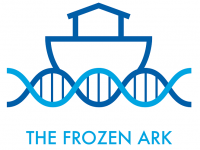
The Frozen Ark
The Frozen Ark is a UK-based biobanking charity that collects, preserves, and conserves tissue, gametes, viable cells, and DNA of animal species facing extinction. Frozen Ark operates in a worldwide federated model and provides infrastructure, expertise, partnership, and coordination for endangered animal biobanking. We are working together with the Frozen Ark to enhance and link UK frozen collections of threatened taxa and increase representation of invertebrate species. We are also supporting their efforts to create a national archive of UK native species.
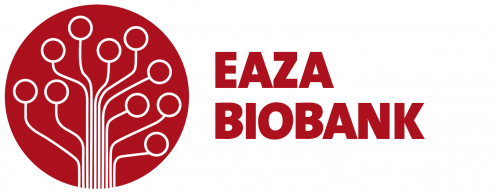
EAZA Biobank
The EAZA Biobank is a comprehensive and dedicated biobanking service for the European and Middle Eastern zoo and aquarium community. With the Royal Zoological Society of Scotland, the EAZA Biobank has established a partnership with CryoArks, to support the development of biobanking facilities at Edinburgh zoo and aims to enhance diversity, visibility, and availability of zoological samples in the UK for research and conservation purposes.
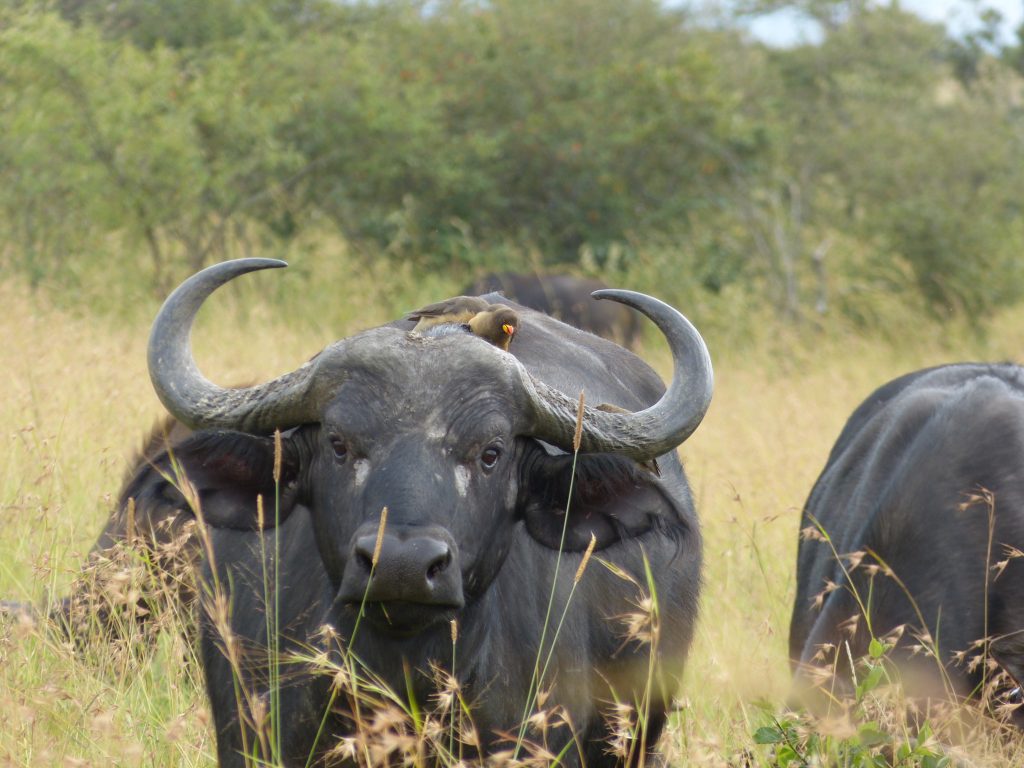
Livestock Biobank
CryoArks aims to biobank genetic samples from animals of conservation concern. This includes livestock belonging to rare breeds or genetically distinct populations, where the aim is to capture and preserve as much diversity as possible. To this effect we have partnered with the University of Edinburgh’s Roslin Institute and Scotland’s Rural College (SRUC), both of whom hold significant collections of livestock genetic material.
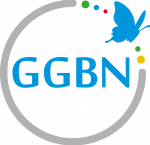
Global Genome Biodiversity Network
The Global Genome Biodiversity Network is an international network of institutions that share an interest in long-term preservation of genomic samples representing the diversity of non-human life on Earth. Our partnership with GGBN supports activities associated with the long-term preservation of animal samples and derivatives and the augmentation and management of the GGBN Document Library, to include animal biobanking materials for conservation-focused research efforts.
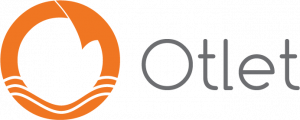
Otlet
Otlet is a global open access platform for research scientists to share, source and request samples from colleagues around the world. Otlet was created to connect scientists globally and reduce wastage of biological samples. We are working closely with Otlet to facilitate sample discoverability.
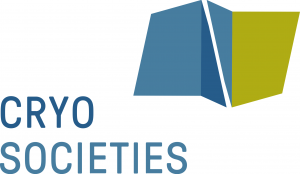
CRYOSOCIETIES
“Suspended Life: Exploring Cryopreservation Practices in Contemporary Societies” (CRYOSOCIETIES) is a research project investigating the collection, storage and usage of human and animal organic material by technologies of cooling and freezing, by means of so-called cryotechnologies. The project is funded by the European Research Council (ERC) as part of the Advanced Grant scheme and is based at the Institute for Sociology, Goethe University Frankfurt. CRYOSOCIETIES works with CryoArks to explore and address the societal impacts and challenges of biodiversity preservation in biobanks.
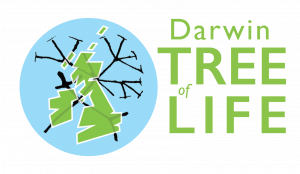
Darwin Tree of Life
The Darwin Tree of Life Project (DToL) is one of several initiatives across the globe working towards the ultimate goal of sequencing all complex life on Earth. The project is carefully collecting representatives of each species present in and around Britain and Ireland. DToL uses advanced DNA sequencing technologies to generate high quality genome sequences and cutting-edge computational tools to understand how the DNA sequence translates into the diversity of life. Currently animals, plants, fungi and protists sequences are being generated, with the aim that the data will be released openly for all to use. We are collaborating with DToL by sharing storage space, and by pooling resources to benefit both projects.


